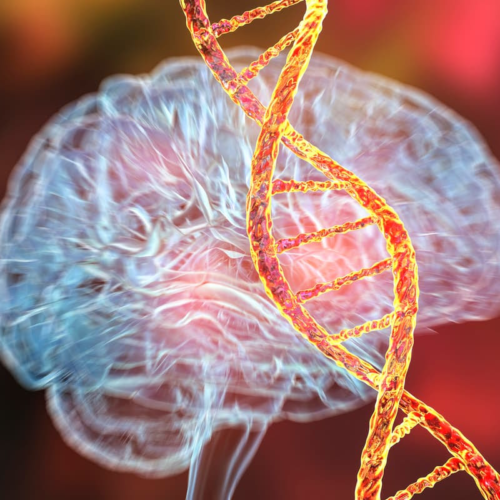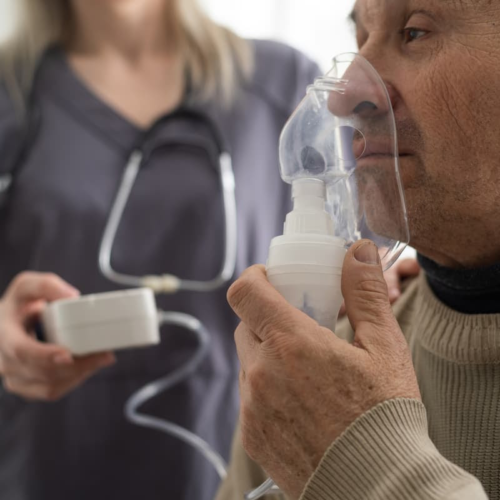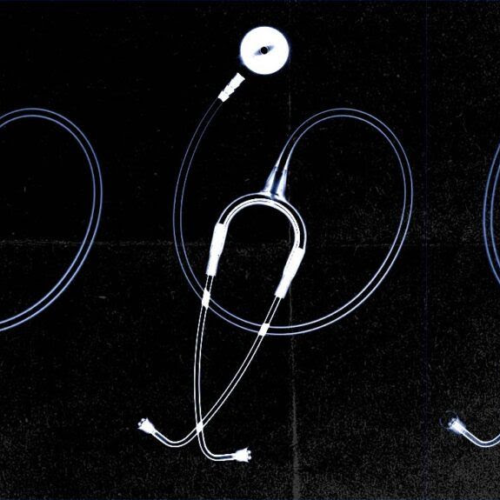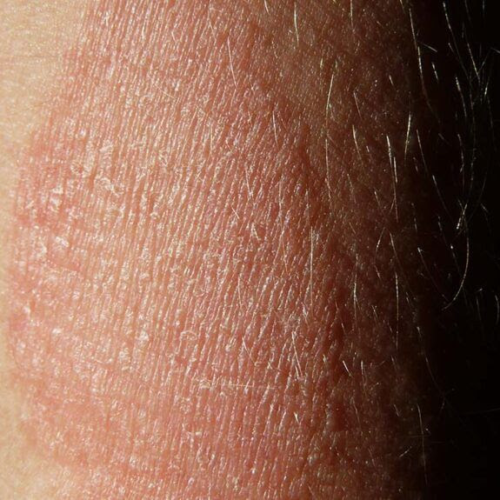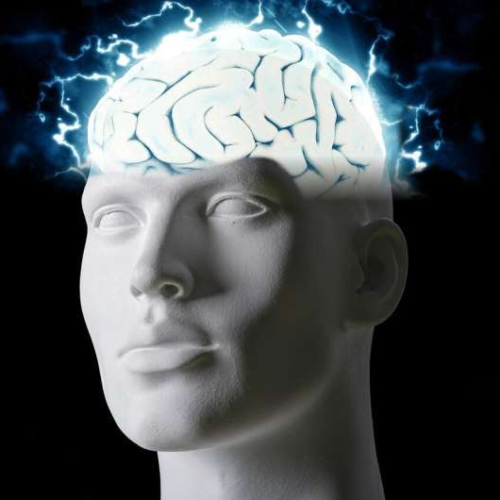By Paul McClure A new single-dose genetic therapy has stopped the progression of two devastating neurodegenerative diseases in mice Depositphotos Researchers have developed a single-dose genetic therapy that can clear protein blockages that cause motor neurone disease, also called amyotrophic lateral sclerosis, and frontotemporal dementia, two incurable neurodegenerative diseases that eventually lead to death. In healthy...
COPD improved by tweaks to microbiome via fecal transplant or diet
By Paul McClure COPD symptoms were alleviated by a healthier gut microbiome Depositphotos Improving the health of the gut microbiome by way of fecal transplant (in mice) and dietary modification (in humans), has been shown by researchers to noticeably improve COPD symptoms. The finding could lead to microbiome-targeted treatments that provide relief to people suffering from...
Higher Risk for Death After Benzodiazepine Discontinuation
Nadine Eckert Benzodiazepines are known to lead to dependency quickly and have numerous side effects. Long-term use is not recommended. However, if there is a long-term prescription, the goal should be to end therapy with these tranquilizers. However, discontinuation could have unexpected consequences, as US researchers reported in JAMA Network Open. In a registry study,...
Why people with severe psoriasis have a higher risk of heart disease
Researchers say psoriasis can exacerbate conditions that increase the risk of cardiovascular disease. NICK VEASEY/SCIENCE PHOTO LIBRARY/Getty Images Researchers report that psoriasis is linked to an increased risk of heart disease.They say that inflammation plays a role in this, but the precise mechanisms are unclear.Early intervention and effective treatment plans may help reduce cardiovascular risks.Globally,...
What causes patches of dry skin?
Dry skin patches can have many causes, including cold weather and the chemicals in some soaps and lotions. It can also result from a medical condition, such as allergies, dermatitis, and psoriasis. Dry skin is a common problem during the winter months when the skin is exposed to colder temperatures and lower moisture levels in...
Behind the wheel: Navigating driving with epilepsy
by Joy Mazur, International League Against Epilepsy Credit: Unsplash/CC0 Public DomainJessica Veach didn’t wait long enough at the stop sign. “You got too excited,” the instructor told her, writing a large “X” over her driving test. Veach, who was retaking the test after having epilepsy surgery, failed because of her rolling stop. She cried afterward....
Drug repairs systems that remove Alzheimer’s-causing waste from the brain, study shows
by Andrew Smith, Rutgers University Graphical abstract. Credit: Journal of Clinical Investigation (2023). DOI: 10.1172/JCI171468A team of Rutgers undergraduates has shown that an experimental drug known as Yoda1 may help drain cranial waste plus neurotoxins that cause Alzheimer’s disease and other forms of dementia. “The brain’s lymphatic system is one of the hottest research areas in...
Neural network model identifies distinct brain organization patterns in women and men
by Stanford University Medical Center Credit: Pixabay/CC0 Public DomainA new study by Stanford Medicine investigators unveils a new artificial intelligence model that was more than 90% successful at determining whether scans of brain activity came from a woman or a man. The findings, published Feb. 19 in the Proceedings of the National Academy of Sciences, help...
Researchers are using RNA in a new approach to fight HIV
You know mRNA, now meet siRNAPeer-Reviewed Publication UNIVERSITY OF WATERLOO Society learned about the value of mRNA during the COVID-19 pandemic when we saw scientists and medical professionals harness its power to deliver a vaccine for the virus within a year. Now, University of Waterloo pharmacy associate professor Emmanuel Ho has developed a novel nanomedicine...
Treating liver cancer with microrobots
The idea of injecting microscopic robots into the bloodstream to heal the human body is not new. It’s also not science fiction. Guided by an external magnetic field, miniature biocompatible robots, made of magnetizable iron oxide nanoparticles, can theoretically provide medical treatment in a very targeted manner. Until now, there has been a technical obstacle:...

